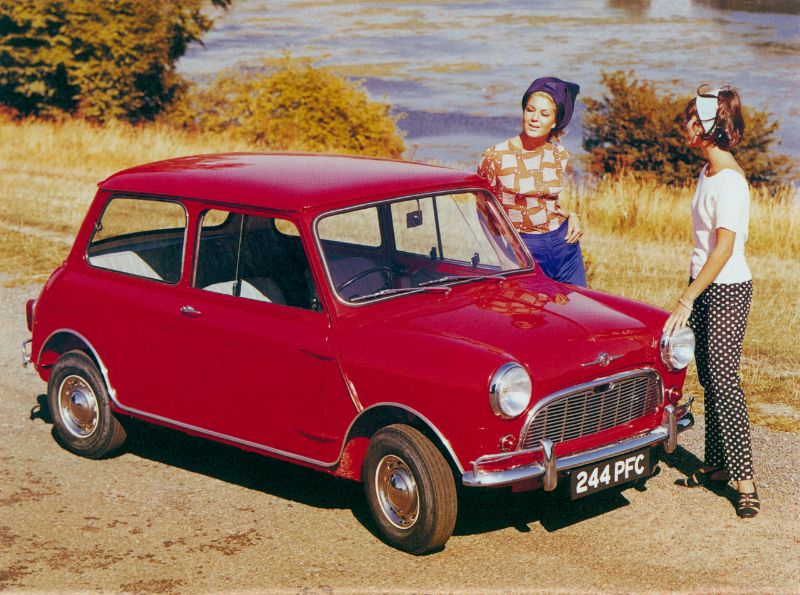
1962 Morris Mini
The Austin Mini Mk1 lasted from 1959 to 1967 and was a very well-loved auto. The dynasty of the Mini Mk1 arguably continued for half a century. Today, the versions from this first generation are worth much more than the recent ones thanks to their status as classics. This model was the very first Mini from the British Motor Corporation, which helps cement its current value. In addition to being known as the Austin Mini, you may also see this auto called the Mini, the Austin Seven, the Austin 850, the Morris Mini, or the Morris 850, depending on the configuration, year, and other factors.
Designing the Austin Mini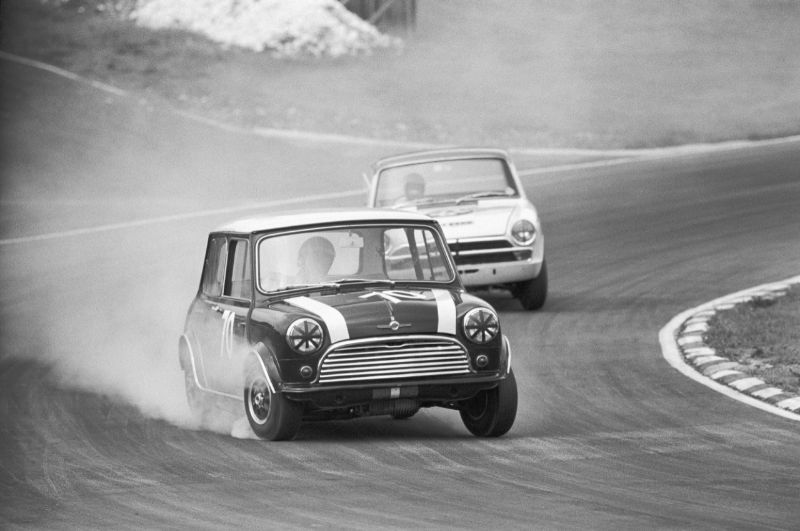
The Austin Mini Mk1 made an impression with its sliding windows, “mustache” grille, and external door hinges. Compared to the prototype, the production model featured a modified front subframe that engineers mounted the engine to. Another difference for the production model was that the engine was mounted in the back, along with the carburetor, instead of in the front, as it was in the prototype. This change was designed to minimize gearbox wear.
Size and Interior Space
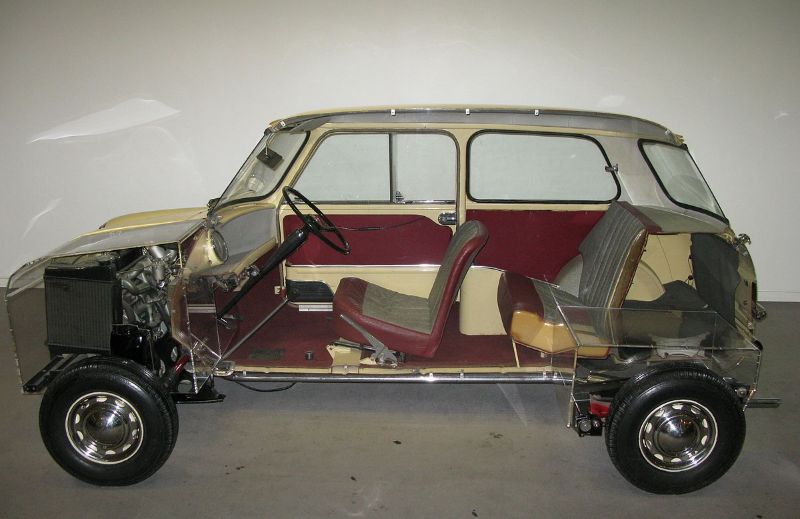
Inside, the Mini Mk1 was truly able to seat four passengers despite its small bodyshell. That amount of interior space was due to the transversely mounted engine and the fact that the gearbox was incorporated into the engine sump. Interestingly enough, the width of the Mini was smaller without sacrificing passenger space. This also was due to the unique placement of the gearbox and lack of transmission tunnel. The two-box design of the Mini allowed engineers to minimize the length, as well. Of course, there was a tradeoff since this meant there was not a separate luggage compartment. To make up for that, there were large bins by the seats for interior storage.
Powertrain and Mechanics
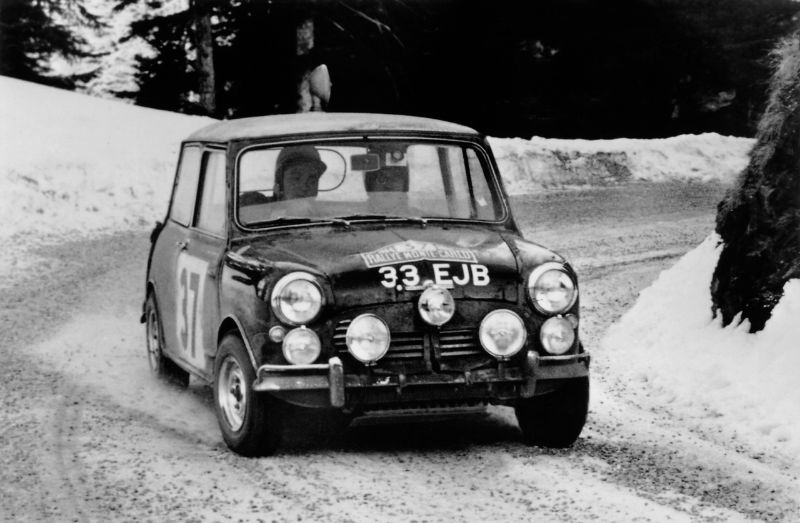
Rally with the 1964 Mini
Originally, engineers proposed that the Austin Mini would use a 948 cc engine, like that of the Austin A35 and the Morris Minor. However, BMC Chairman Leonard Lord felt that a top speed of 90 mph was more than the auto needed. As such, he reduced the engine size down to 848 cc for a top speed of 72 mph. The Motor magazine tested an Austin De Luxe Saloon in 1859, finding that it reached 72.4 mph and got from zero to 60 mph in 27.1 seconds. That test car got 36.2 mpg (U.S.).
The suspension of the Mini Mk1 utilized rubber cones for springs since the rubber’s spring rate changes due to compression, making the suspension more adaptable to various passenger loads. By contrast, using a conventional suspension system would have added height to the auto’s design. Due to the positioning of the engine and transmission, the two were able to share oil, which helped alleviate concerns related to a potential oil crisis in the future.
Finding One Today
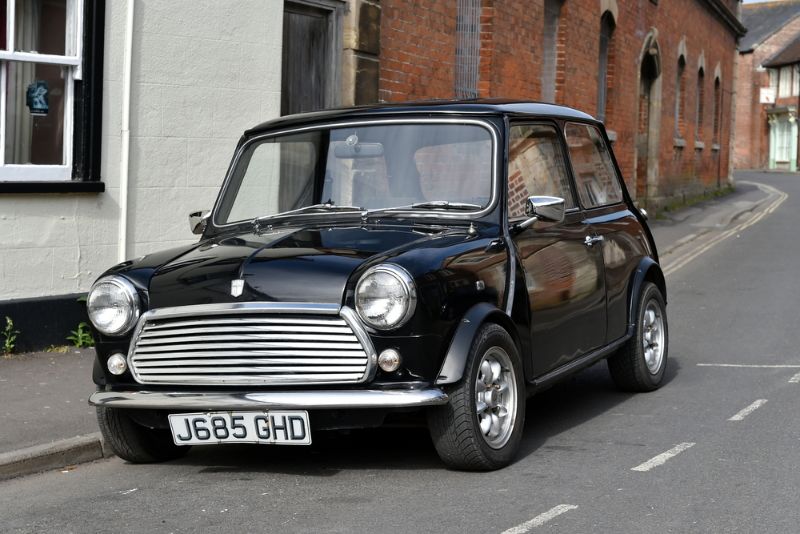
source: ShutterStock
If you want to own an Austin Mini Mk1, you should not have too many problems finding one since this classic auto is still incredibly popular. However, there are wide variations in pricing depending on condition. Listings range from $20,000 or so all the way up to $80,000. However, most are about $25,000 to $30,000.
